When China built an entire emergency hospital in a matter of days in Wuhan – a city about the size of NYC that most of us had never heard of – the world was watching with concern, but somehow still expected and hoped that the crisis would somehow remain contained to China, or at least Asia. People in Europe and the U.S. continued to go on about their busy lives, occasionally glancing at the headlines coming from China, where the government was taking drastic measures to curtail the spread.
It now seems beyond naive, even childish, to have thought that the virus wouldn’t spread to other parts of the planet. The world we live in today, where between 8,000 and 20,000 planes fly across the sky every single day, is the perfect conductor for a virus with an incubation period as high as two weeks. This gave the virus, which had already started making its way through Wuhan and China back in December, more than enough time to slowly travel to other countries on planes and ships.
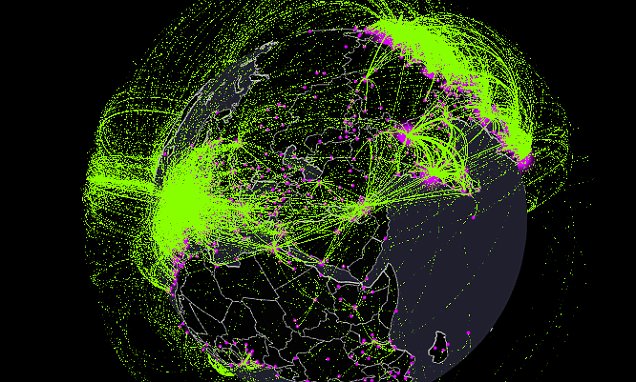
Fast forward two months, and what is currently taking place in many parts of the world is something we would have only expected from a fatalistic science fiction novel or cheesy Hollywood movie: a stock market crash on par with that of October 1929, a large percentage of planes grounded either due to government mandates or lack of business, borders shut, and almost 200 million people – from democratic countries nonetheless – under a curfew that will likely last weeks. Empty shelves in grocery stores, abandoned playgrounds and formerly busy streets are now empty resulting in thousands of closed restaurants and stores, some of them possibly forever.

The current global crisis feels like a medley of 9/11, the 2008 recession and then some. Yet it’s not due to a war or natural disaster but because of the respiratory disease that goes by the catchy name of “Covid19.” This disease is caused by the SARS-CoV-2 virus that was at some point transmitted to humans from animals, as far as we know from either bats, pangolins or a combination of the two (whatever happened to eating tofu?).
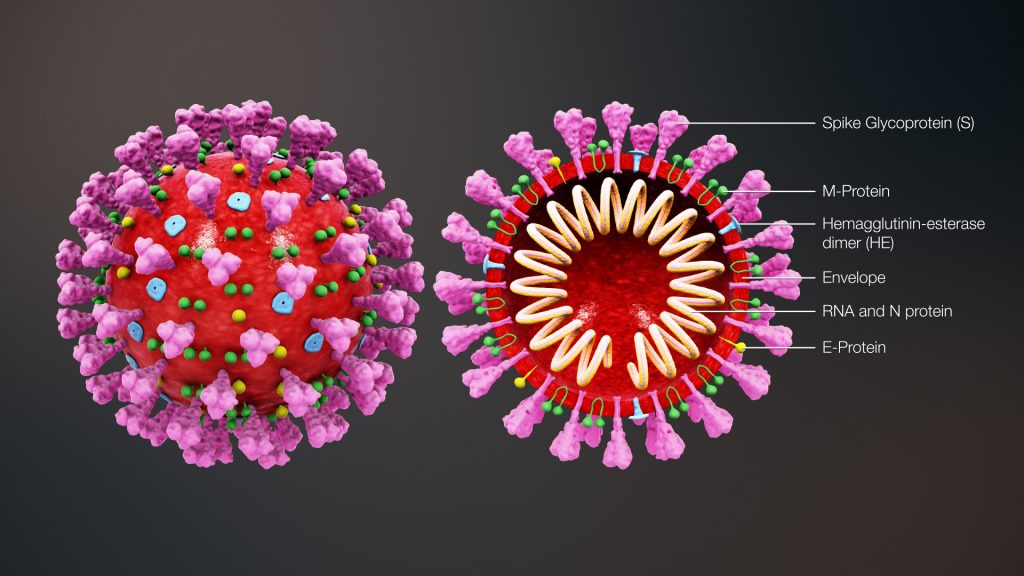
What does all this have to do with monitoring and network security?
But one country in Asia, located much closer to China than Italy and with a similar population density, has managed to avoid the disaster that is currently ravaging through Europe. That country is South Korea, where the number of new cases has slowed significantly since its peak at the end of February, without imposing curfews. South Korea has accomplished this with rigorous testing and isolation, including tracing contacts of infected people and quarantining them. Singapore, Taiwan and Hong Kong were similarly successful.
How did they do this? Data. Since a large percentage of infected people show little to no symptoms – particularly difficult to distinguish during flu season – the only way to suppress the spread of the virus is to know who has the virus in the first place. And then, once identified, immediately isolate the affected individuals and people who had contact with them. If you wait until sick people show up at the hospital, then you are already way behind the curve. For every person that shows up at the hospital, you likely have twenty more walking around infecting others.
Here at EventSentry we’re neither virologist nor pandemic experts. But there are noticeable similarities between this outbreak and a computer virus/malware infection. The purpose of monitoring after all is to be aware of what is happening on the network so that organizations can take action to stem the infection. You can only fight what you can see and measure.
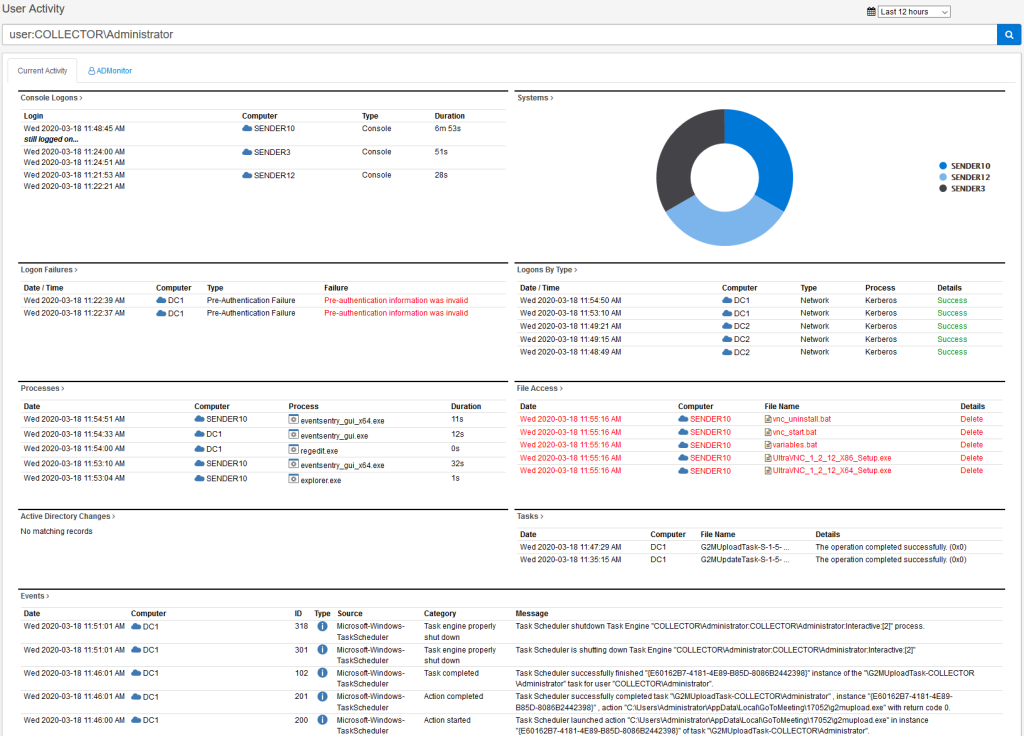
The equivalent of Covid19 testing in IT is monitoring. Monitoring only part of your infrastructure isn’t enough – just like testing only 1% of the population isn’t sufficient. Yes, the infected hosts will eventually reach the monitored ones, but at that point the majority of your infrastructure may already have been compromised.
Many computer viruses, when infecting a computer (host), first attempt to silently infect other hosts before they do damage in one way or another. SARS-CoV-2 has similar properties with an usually long incubation period. During that time, the host is unaware that he or she is carrying the virus, potentially infecting others through direct or indirect (e.g. surfaces like door knobs) transmission.
The SARS-CoV-2 virus is quite sneaky and would likely do well in the popular “Plague” game, where the player creates a virus with the goal of infecting and ultimately killing the entire world population. One of the most important properties of a virus in the game is that it’s highly contagious but not too deadly – otherwise it would kill all of its hosts before it can spread.
Thankfully, SARS-CoV-2 is neither as deadly nor contagious enough to accomplish this, yet it’s second only to the Spanish Flu that killed between 20-40 million people almost 100 years ago. See this article for more information on how Covid19 compares to past outbreaks.

Finding patient zero – the first person to have contracted a virus, is similar to finding the source of a malware outbreak. In medicine it may provide important clues on how to come up with a cure, whereas in IT security it can provide important information on how an attacker penetrated a network. Monitoring software like EventSentry doesn’t just detect problems in real time, it also collects troves of important logs and other system data that can be of incredible value after a network has been compromised. China is still desperately trying to find and confirm patient zero, who may have been infected as early as October 2019.
On our never-ending quest to slash cost in order to maximize profits, manufacturing of both medicine and medical supplies has been outsourced to China, India and other countries. While there is nothing wrong with saving costs and manufacturing items where it costs less, it’s clear that there is a benefit of manufacturing certain products in the country where they are being used.
Similarly, cost savings in IT budgets that compromise the overall security of the IT infrastructure and with it the company itself, rarely pay off in the long turn. As you can see from the matrix below, even a very unlikely circumstance that will have a significant impact on a business has a medium risk and should be addressed.
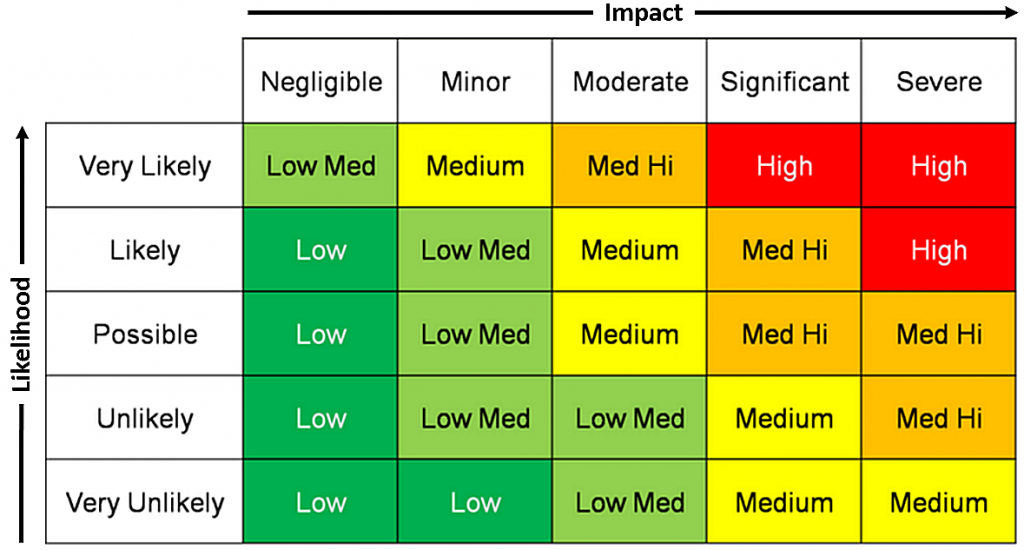
But in the midst of the all the chaos and uncertainty, there also upsides. The severe reduction of air traffic and travel give our planet a long overdue breather, as satellite images in Italy have shown. It’s also noteworthy that air pollution (and smoking) make the lungs much more susceptible to respiratory diseases like Covid-19.
We need to remind ourselves that we’re not robots and machines but mammals that live on a planet shared with nature – animals – their viruses included. As we humans continue to encroach on their habitats and land, the risk of another deadly virus spreading doesn’t go away. Watch this short 5-year old video about bats and the viruses they carry.
For me it’s still difficult to comprehend that the current pandemic is connected to consuming bats, pangolins (most of which are endangered) and other wildlife. Some risks are just not worth taking, and it would be prudent of the Chinese government to permanently ban this obviously dangerous practice.
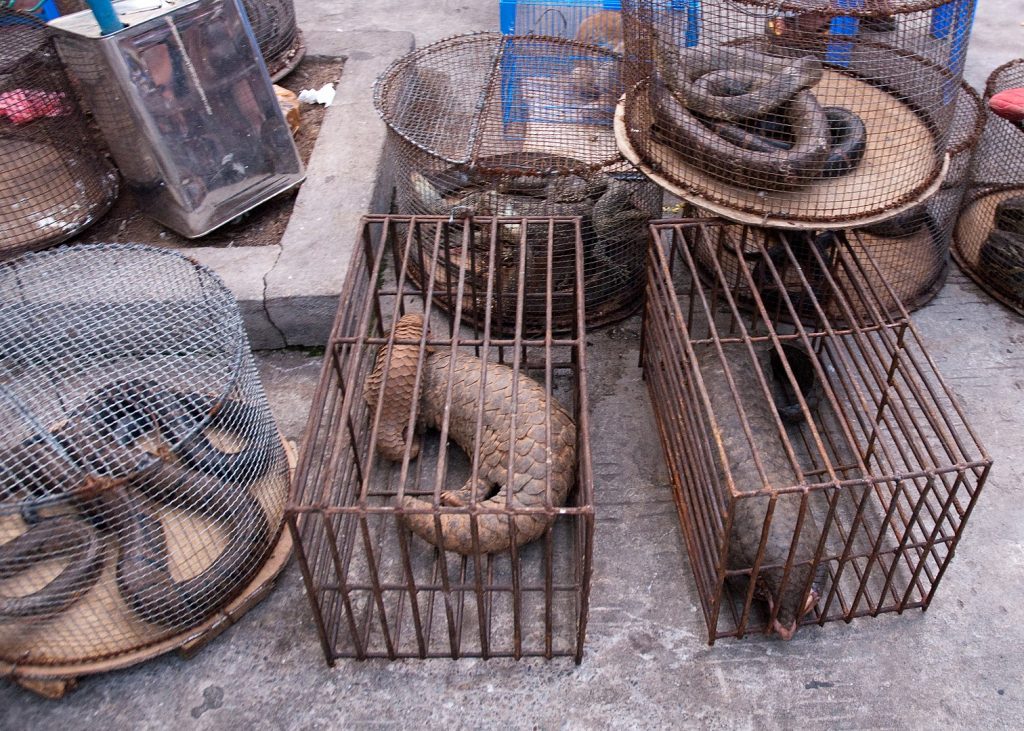
In the meantime people will need to continue to isolate, self-quarantine or shelter in place until the number of new cases continues to decline and toilet paper is available again.
To keep an eye on Covid-19 cases in your country and/or state with EventSentry (v4.1), you can follow the instructions in this HowTo and view Covid-19 stats in any dashboard or performance chart.
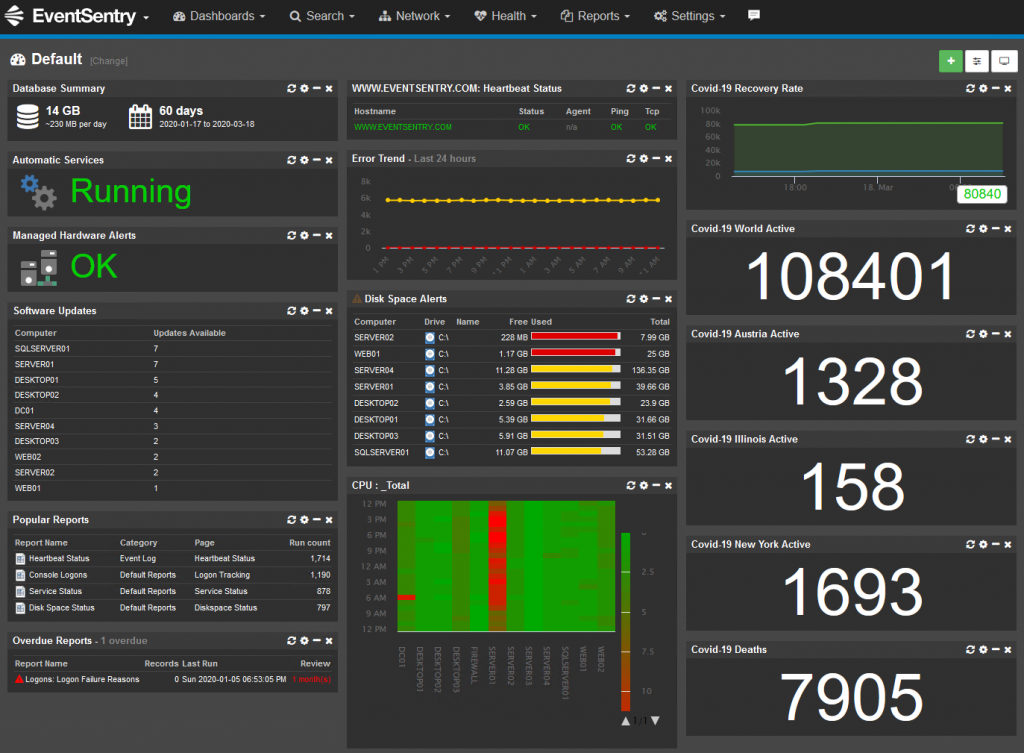
As an IT professional I encourage you to stay alert, as many bad actors are exploiting the current chaos with phishing campaigns for a variety of nefarious reasons. We highly encourage you to consider monitoring workstations and laptops with EventSentry to ensure you have complete visibility and prevent a bad situation from becoming worse, we are offering discounts on a case-by case basis. In addition to monitoring all the things you’re familiar with from your servers, EventSentry monitors laptop batteries, Bitlocker status, outdated software and more.
Thank you for being an EventSentry customer, stay safe and positive during this difficult time.